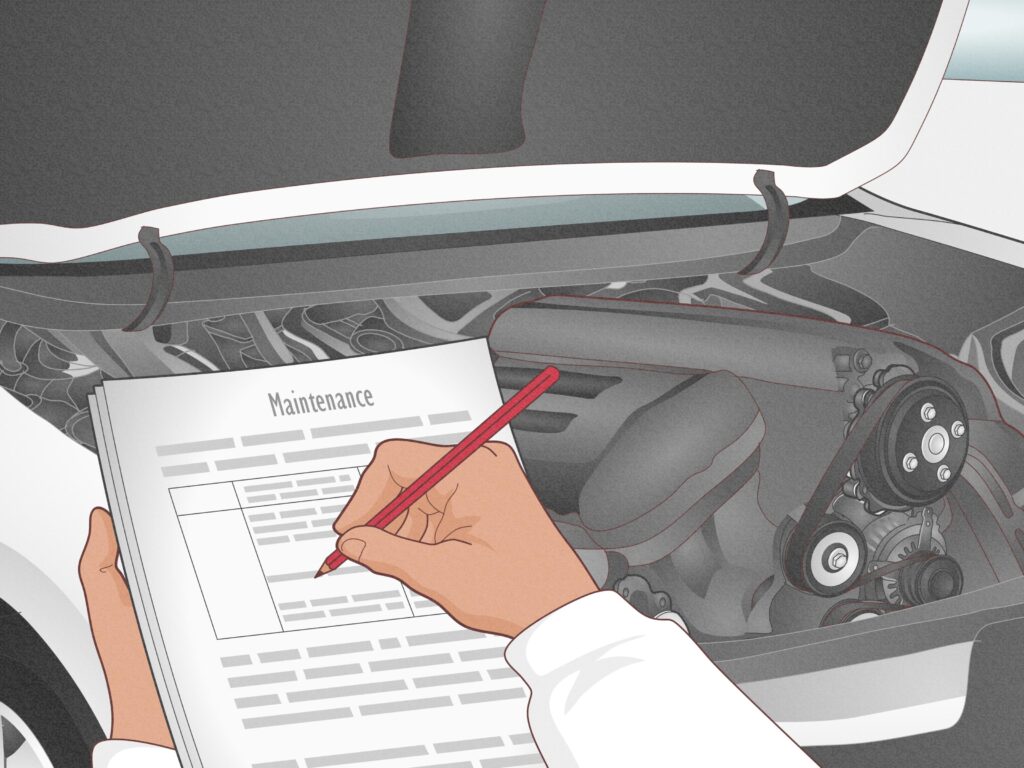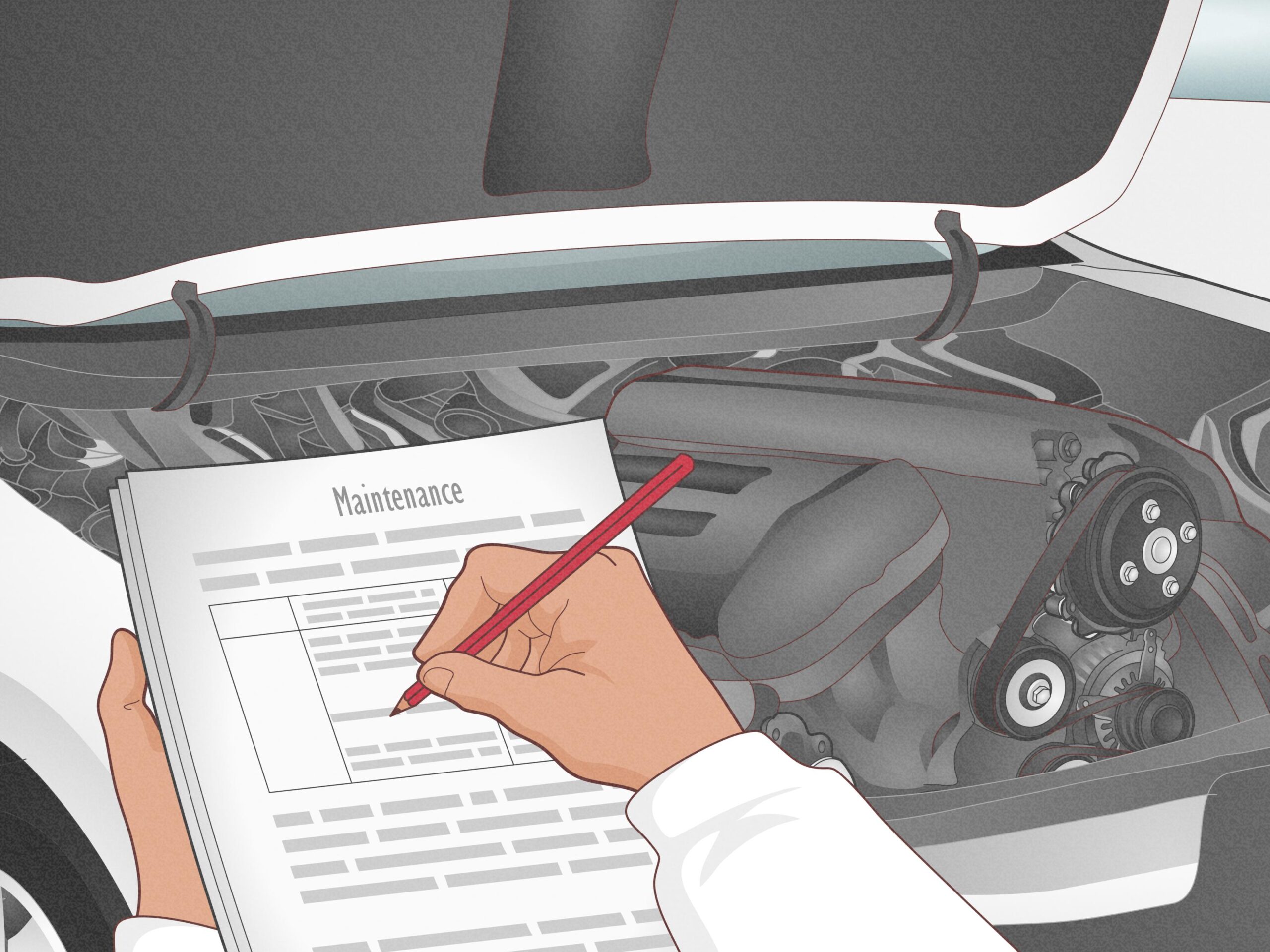
Oil Leak Repair: A Comprehensive Guide
An oil leak. The very words can send shivers down the spine of any car owner. It’s a problem that’s not only messy and inconvenient but can also lead to serious engine damage if left unaddressed. This article delves into the complexities of oil leak repair, emphasizing the crucial step of securing multiple quotes to ensure fair pricing and quality service. We’ll explore the causes, the diagnostic process, the repair methods, and, most importantly, how to navigate the often-confusing world of auto repair to get the best possible outcome for your vehicle.
The financial implications of an oil leak can range from a minor inconvenience to a major financial burden. Early detection and prompt repair are vital to prevent escalating damage and costly replacements. This is why understanding the process of oil leak repair and the importance of obtaining multiple quotes is paramount. This guide is designed to equip you with the knowledge needed to make informed decisions and protect your vehicle investment. The focus is on understanding the process of oil leak repair, from identifying the issue to selecting the right repair shop.
Identifying the Problem: Signs of an Oil Leak
The first step in addressing an oil leak repair is, naturally, identifying that you have one. While some leaks are obvious, others can be subtle and require a keen eye. Here are some common indicators:
- Oil Stains: The most obvious sign is the presence of oil stains under your parked car. These can range in size from a small puddle to a larger accumulation depending on the severity of the leak.
- Low Oil Level: Regularly checking your oil level is crucial. A sudden and unexplained drop in oil levels could indicate a leak. Check the dipstick regularly.
- Burning Smell: A burning oil smell, especially after driving, can indicate oil leaking onto hot engine components like the exhaust manifold.
- Visible Smoke: In severe cases, you might see smoke coming from under the hood. This often signifies oil burning off a hot surface.
- Warning Lights: The oil pressure warning light on your dashboard is a critical indicator. If this light illuminates, it’s essential to stop driving as soon as safely possible and investigate.
Recognizing these signs early can prevent further damage and costly oil leak repair down the line. Don’t ignore these warning signs; they are your vehicle’s way of communicating a problem that needs immediate attention. Failure to address these symptoms can lead to catastrophic engine failure, rendering the vehicle undrivable and requiring extensive and expensive repairs.
The Diagnostic Process: Pinpointing the Source
Once you suspect an oil leak, the next step is diagnosis. This is where a skilled mechanic’s expertise comes into play. The diagnostic process typically involves:
- Visual Inspection: A thorough visual inspection of the engine, looking for obvious signs of leaks around the oil pan, valve covers, seals, and gaskets.
- Dye Test: A special dye is added to the oil. After driving the vehicle, the mechanic uses a UV light to pinpoint the exact location of the leak. This is particularly useful for leaks that are hard to detect visually.
- Pressure Testing: The mechanic might perform a pressure test to check for leaks in the oil system.
- Component Analysis: Identifying the failing component is crucial for oil leak repair. This could include seals, gaskets, oil pans, or other engine components.
Accurate diagnosis is crucial for effective oil leak repair. A misdiagnosis can lead to unnecessary repairs and wasted money. A reputable mechanic will take the time to thoroughly assess the situation before recommending any solutions. The diagnostic process helps to avoid unnecessary expenses and ensure the correct repair is performed.
Common Causes of Oil Leaks and Repair Methods
Oil leaks can originate from various sources. Understanding the common causes can help you better understand the required oil leak repair. Some common culprits include:
- Worn or Damaged Seals: Seals, such as those around the crankshaft, camshaft, and valve stems, can deteriorate over time due to heat and age, leading to leaks. Repair involves replacing the worn seals.
- Faulty Gaskets: Gaskets, like those on the oil pan, valve covers, and cylinder head, provide a seal between engine components. When they fail, oil leaks can occur. Replacement is the standard repair method.
- Cracked Oil Pan: Road debris or impacts can damage the oil pan, causing cracks and leaks. Repair may involve welding or replacing the oil pan.
- Loose Drain Plug: A loose or damaged drain plug can lead to oil leaks. This is usually a simple fix involving tightening or replacing the plug.
- Valve Cover Issues: The valve cover gasket is a common source of leaks. The gasket can dry out, crack, or become brittle over time.
The specific repair method depends on the source of the leak. Repair methods can range from simple tightening to complex component replacement. The cost of oil leak repair varies widely depending on the severity of the leak and the parts involved.
Why Getting Multiple Quotes is Essential for Oil Leak Repair
When faced with the need for oil leak repair, the importance of obtaining multiple quotes cannot be overstated. This practice offers several significant advantages:
- Price Comparison: Different repair shops have varying labor rates and parts costs. Getting multiple quotes allows you to compare prices and ensure you’re getting a fair deal.
- Quality Assurance: Comparing quotes can give you insight into the quality of service offered. Some shops may use higher-quality parts or offer more comprehensive warranties.
- Transparency: Reputable shops will provide detailed quotes outlining the work to be performed, the parts to be used, and the associated costs. This transparency helps you understand the repair process and avoid unexpected charges.
- Negotiation Power: Having multiple quotes gives you leverage to negotiate with repair shops. You can use the quotes to encourage them to match or beat a competitor’s price.
- Finding the Right Fit: Different shops specialize in different areas. Getting multiple quotes allows you to find a shop that has experience with your vehicle’s make and model.
The process of getting multiple quotes for oil leak repair provides a safety net against overcharging and substandard workmanship. It also gives you the opportunity to choose the best provider for your needs.
How to Get Multiple Quotes Effectively
Obtaining multiple quotes doesn’t have to be a daunting task. Here’s a step-by-step guide to help you through the process:
- Identify Reputable Shops: Research local auto repair shops. Read online reviews, ask for recommendations from friends and family, and check with the Better Business Bureau.
- Provide Detailed Information: When requesting quotes, provide as much detail as possible about the issue. This includes the make, model, and year of your vehicle, as well as any symptoms you’ve observed.
- Request Written Quotes: Always request written quotes. This will provide a clear record of the proposed work and the associated costs.
- Compare the Quotes Carefully: Compare the quotes, paying attention to the labor rates, parts costs, and warranties offered.
- Ask Questions: Don’t hesitate to ask questions about anything you don’t understand. A reputable shop will be happy to explain the repair process in detail.
- Check for Hidden Fees: Ensure the quotes include all potential costs, including taxes and disposal fees.
By following these steps, you can confidently obtain and compare multiple quotes, ensuring you receive fair pricing and quality service for your oil leak repair needs.
Negotiating and Choosing the Right Repair Shop
Once you have multiple quotes, it’s time to make a decision. Here’s how to negotiate and choose the right repair shop:
- Negotiate: Don’t be afraid to negotiate, especially if you have multiple quotes. See if the shop is willing to match or beat a competitor’s price.
- Consider the Warranty: A good warranty is a sign of a shop’s confidence in its work. Choose a shop that offers a comprehensive warranty on both parts and labor.
- Assess the Shop’s Reputation: Consider the shop’s reviews, ratings, and recommendations. Choose a shop with a proven track record of quality work.
- Evaluate the Shop’s Communication: Choose a shop that communicates clearly and promptly. They should be able to explain the repair process in a way you understand.
- Trust Your Gut: Ultimately, choose a shop where you feel comfortable and confident. Trust your instincts.
The decision-making process for oil leak repair should be based on a combination of price, quality, and trust. By carefully evaluating your options, you can ensure a positive repair experience.
Preventative Measures: Keeping Oil Leaks at Bay
While oil leak repair is sometimes unavoidable, there are steps you can take to minimize the risk of leaks and protect your vehicle:
- Regular Oil Changes: Follow your vehicle’s recommended oil change schedule. Fresh oil helps keep your engine running smoothly and can prevent the buildup of sludge that can damage seals and gaskets.
- Monitor Oil Levels: Regularly check your oil level and top it off as needed. This helps prevent your engine from running low on oil, which can lead to damage.
- Inspect for Leaks: Regularly inspect your vehicle for signs of leaks. Early detection can prevent minor issues from escalating into major repairs.
- Use Quality Oil and Filters: Using high-quality oil and filters can help protect your engine and prevent leaks.
- Address Issues Promptly: If you notice any signs of a leak, address the issue promptly. Don’t delay repairs, as this can lead to further damage.
Proactive maintenance is the best defense against oil leaks. Implementing these preventative measures can save you time, money, and the headaches associated with oil leak repair.
The Long-Term Benefits of Proper Oil Leak Repair
Investing in proper oil leak repair offers numerous long-term benefits:
- Extended Engine Life: Addressing oil leaks promptly can prevent further engine damage and extend the life of your vehicle.
- Improved Fuel Efficiency: Oil leaks can negatively impact fuel efficiency. Repairing the leak can restore your vehicle’s fuel economy.
- Reduced Environmental Impact: Oil leaks can contribute to environmental pollution. Proper repairs help minimize your vehicle’s environmental footprint.
- Increased Resale Value: A well-maintained vehicle with no oil leaks will have a higher resale value.
- Peace of Mind: Knowing that your vehicle is in good condition and operating efficiently provides peace of mind.
The benefits of proper oil leak repair extend beyond the immediate fix. They contribute to the long-term health of your vehicle and your peace of mind.
Conclusion: Protecting Your Investment Through Informed Decisions
An oil leak repair is a necessary but often stressful experience for vehicle owners. By understanding the causes, diagnostic process, and repair methods, you can navigate the process with confidence. The key takeaway is to prioritize getting multiple quotes to ensure fair pricing, quality service, and transparency. Following the advice outlined in this guide will empower you to make informed decisions, protect your vehicle investment, and keep your car running smoothly for years to come. Remember that proactive maintenance and prompt attention to any signs of a leak are crucial for preventing costly repairs down the road. The process of oil leak repair is manageable when approached with knowledge and a proactive mindset. Taking the time to understand the process, and to seek multiple quotes, is an investment in your vehicle’s longevity and your peace of mind.
[See also: How to Choose a Reliable Mechanic, Understanding Your Car’s Dashboard Warning Lights, Preventative Maintenance Checklist]


